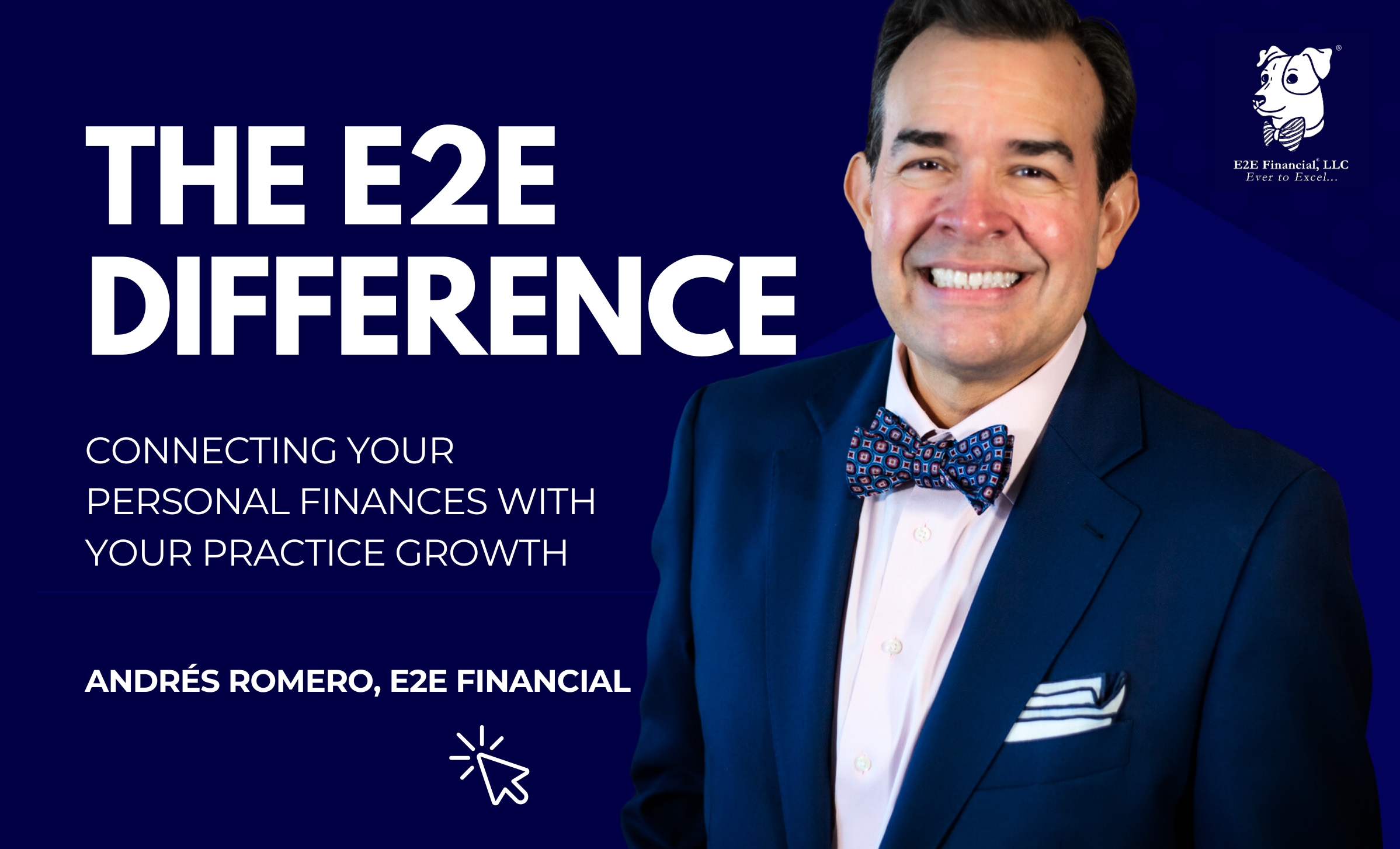
Congratulations you’ve worked hard to get to where you are in your career! Now, let’s make sure you’re getting the most out of everything you’re putting in.
After working with dentists for over 20 years, we’ve seen how impactful it is when their personal financial goals align with the direction of the practice. To help you stay on track, here are five steps to take as you look ahead:
1. Review your dental specific team
Is your legal and financial team supporting your practice: CPAs, attorneys, consultants, insurance agents, bankers, financial coach/planner
2. Start planning for the 2025 tax season
Proactive planning now helps you avoid surprises later and ensures you’re taking full advantage of available deductions.
3. Have a dental specific CPA review your monthly financials
A second set of experienced eyes can uncover savings opportunities and catch red flags early.
4. Benchmark your 401K plan
It is recommended you have your plan benchmarked every 3-5 years. If it’s been awhile or you’re looking for a second opinion we offer FREE 401(k) benchmarking.
5. Schedule a call with us
Let’s talk about how we can support your financial goals and take one more thing off your plate.
Insights like these are just one of the ways we support our E2E clients in building financial plans that work with their practices.
Want a more detailed look at your financial plan or investment portfolio? Just reply to this email or schedule a complimentary consultation.
E2E Financial and LPL Financial do not provide legal advice or tax services. Please consult your legal advisor or tax advisor regarding your specific situation.




